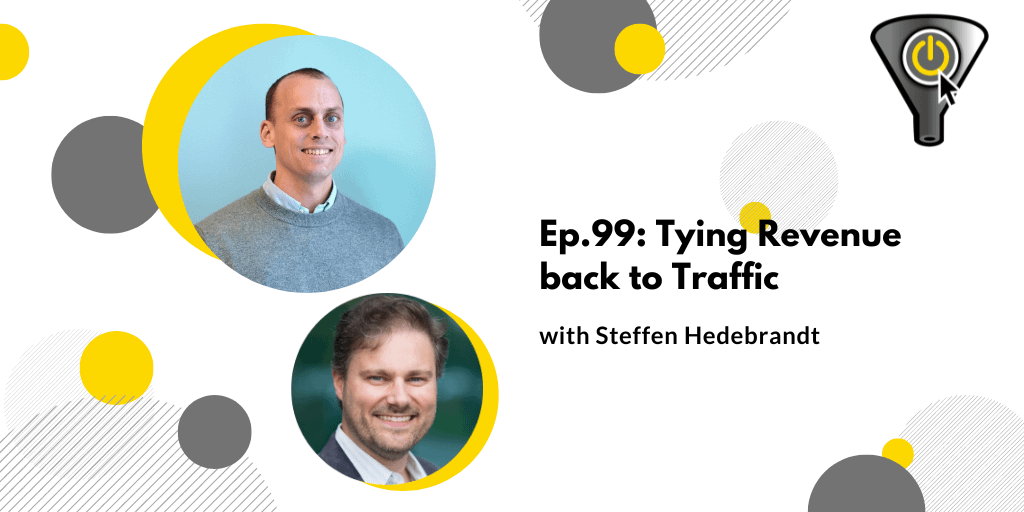Disclaimer: When I bring technology vendors on the show, you should know that they are not sponsors or affiliates. They’re simply here to give you a broader perspective.
If you have been to the eye doctor for near or far sightedness, the equipment that’s likely been used to assess you is a phoropter. The part that’s put in front of your eyes looks somewhat like a pair of glasses, but it branches out from that with an imposing array of lenses, dials and machinery. You are shown an eye chart and the doctor flicks through alternate lenses, asking you to say whether the image is clearer with lens 1 or lens 2. When tests on the phoropter & other equipment is done, you end up with lens prescriptions that are right for you.
This process isn’t unlike what’s behind marketing’s use of attribution models. They serve to show what impact advertising channels have on a company’s revenue, with pre-set models, each one weighing the impact of digital touchpoints differently. By attributing revenue back to the channels and campaigns that helped acquire it, you get a clearer view of what you are getting for your marketing dollar.
Of course, marketers don’t use phoropters, but doing attribution analysis does take specific tools, and that’s what this episode takes us through.
My guest is Steffen Hedenbrandt, who’s growth-oriented, data-driven and loves all parts of scaling a business. He worked at places like Upwork and Airtame before cofounding DreamData, where he serves as the Chief Marketing Officer.He has a bachelor’s degree from Aalborg University and a Masters from Copenhagen Business School.





